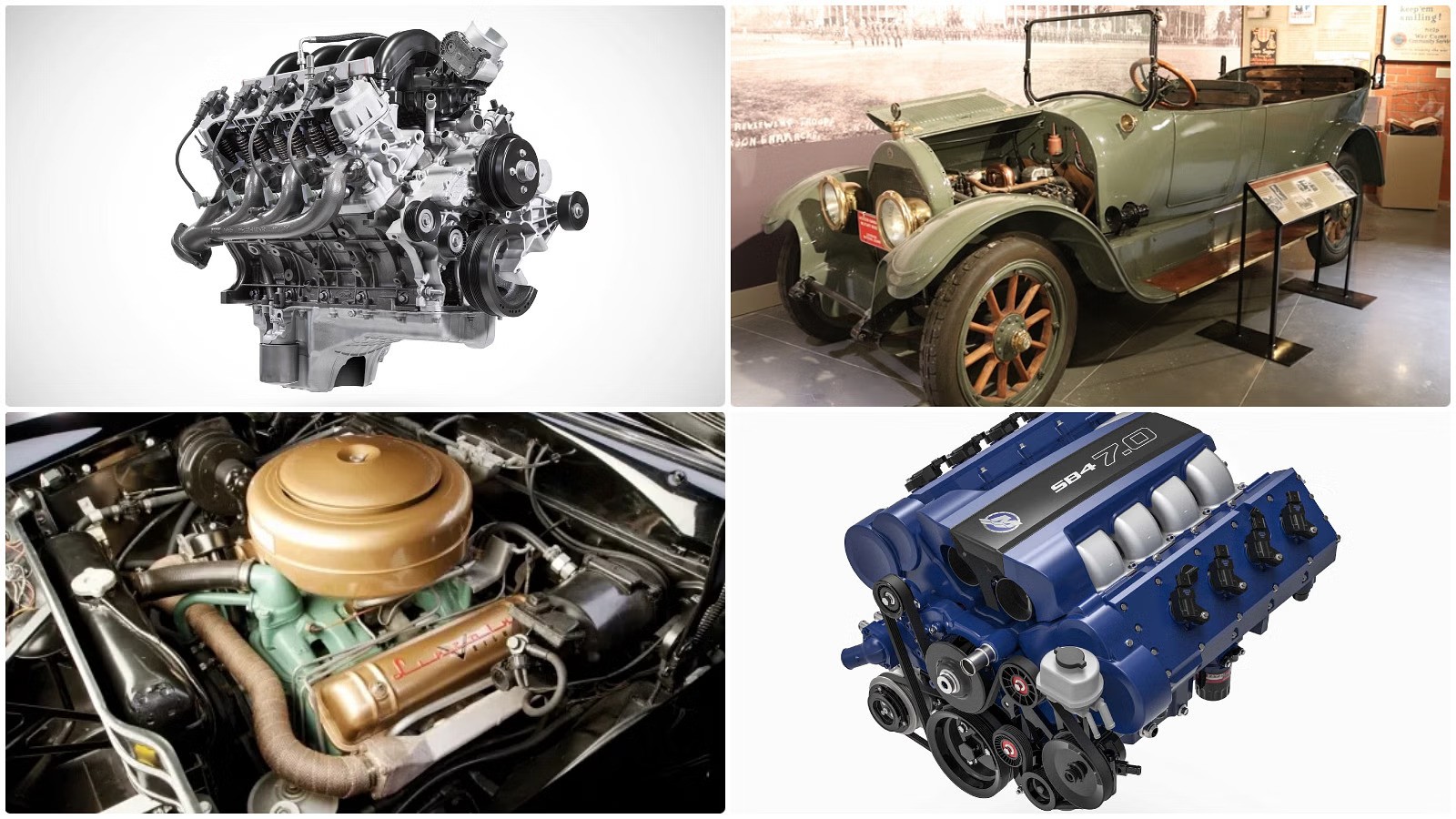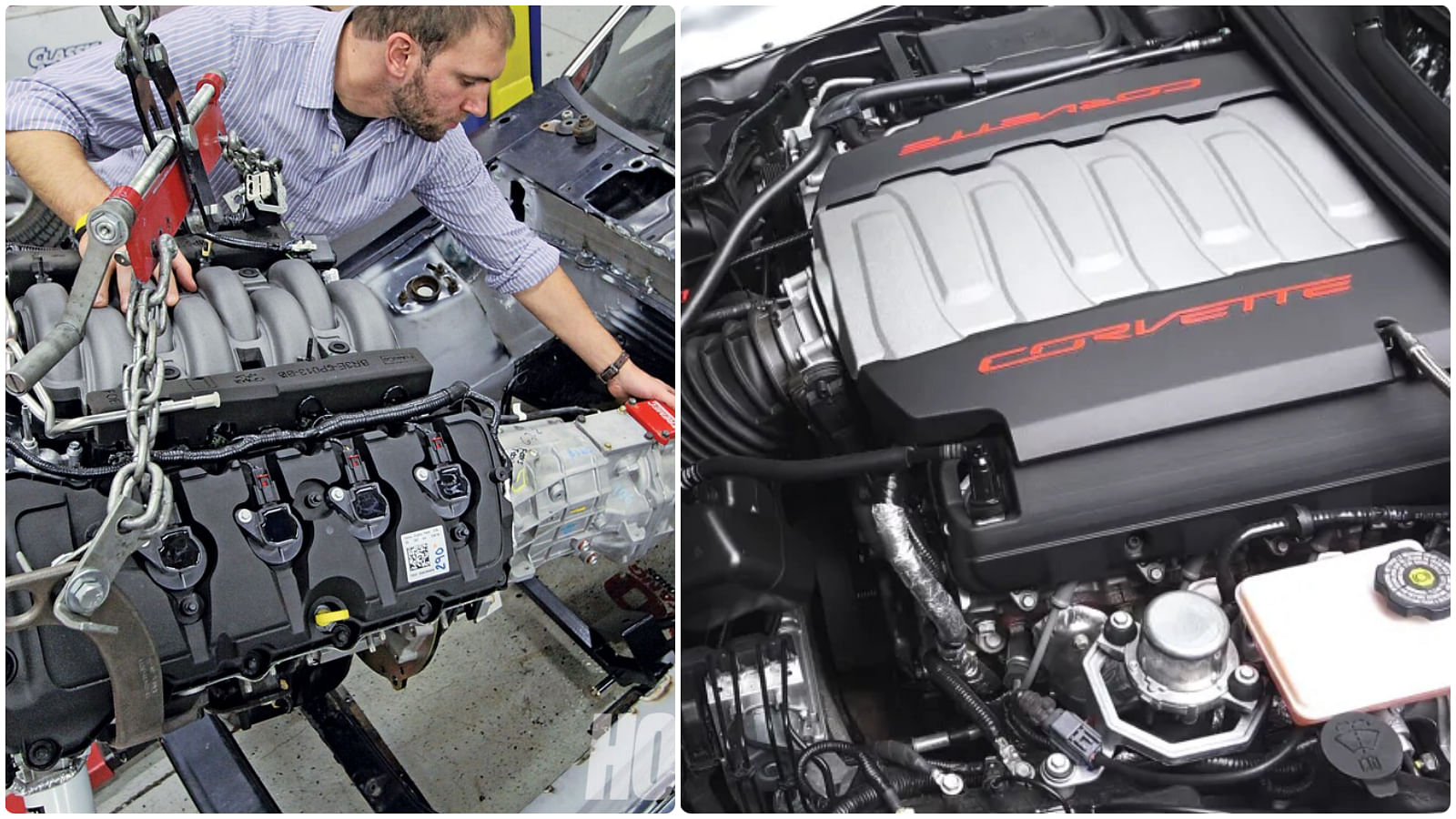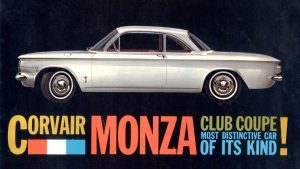
Pushrod engines have been in the Automotive industry for a very long time. Pushrods have been described as “archaic” in an engineering language as to their longevity, simplicity, and obsolete delivery.
First debuted at the time of World War 2 by Cadillac and Lincoln like the V8 in Cadillac Series 75, to 2022 when Volkswagen used them very well, pushrods have proved their worth time and time again. Despite being replaced by modern powertrains and electric vehicles, General Motors and Chrysler have used these engines in many models. Still to this day, these have been in the industry without major setbacks and in some cases have proved more efficient than the Dual Overhead camshaft engine. But what are the actual reasons that made the pushrods still exist in the industry? Read on to know about them in detail.
Pushrod engines have more advantages to offer than setbacks and low-end torque is one of them. These engines generally have two valves per cylinder to have better airflow. At low rpm the restriction of airflow being more, the valves revamp the airflow resulting in better intake air consumption. This high-speed air intake leads to more combustion and more torque although they don’t typically push the engine to cover up for the lack of power.

The simplicity and practicality of the pushrods are one of its strongest virtues. Featuring a single camshaft that is closer to the single crankshaft, the distance to rotate the crankshaft is not very much whether it’s a belt, chain, or a gear. If we are to compare it to a DOHC V8 engine that consists of four camshafts, two chains, and 4 gears, pushrod’s low number of engine components does the job better with more simplicity. From an engineering perspective, if a design is more simple and takes less amount of money, time, and effort to resolve the complications is much preferable and makes greater sense.

Pushrod engines are considered to be one of the older designs but that does not affect the results which in some cases are beneficial. If we observe a DOHC engine, it has camshafts and a cam drive system on top of the cylinder head. Whereas the pushrod has a single camshaft in the center of the engine making it more compact than the DOHC engine.
Respectively the pushrod has fewer mechanical components while a DOHC setup has apparently two times the components. Thus resulting in a much bulkier and heavy initial design. In terms of power discrepancy, where a DOHC V8 engine has more power to offer also leads to more fuel consumption. A pushrod with a more compact and lightweight design can be installed deep into the engine bay from where the vehicle can be more open to work on its center of gravity.

As we have previously mentioned, a DOHC V8 is a bulkier and weight-heavy engine than a Pushrod V8 because of its initial design and number of mechanical components. A DOHC engine brings much more complexity in a time of repair where the failure of a single component leads to another creating a chain effect. These results are costly and time-consuming while the Pushrod V8 takes less time and money to resolve those issues. Let’s say, a DOHC V8 repair takes $500 more than a Pushrod V8. Multiplying this cost by the number of Pushrods running in the streets will surely open your eyes to its effectiveness and undying nature.





